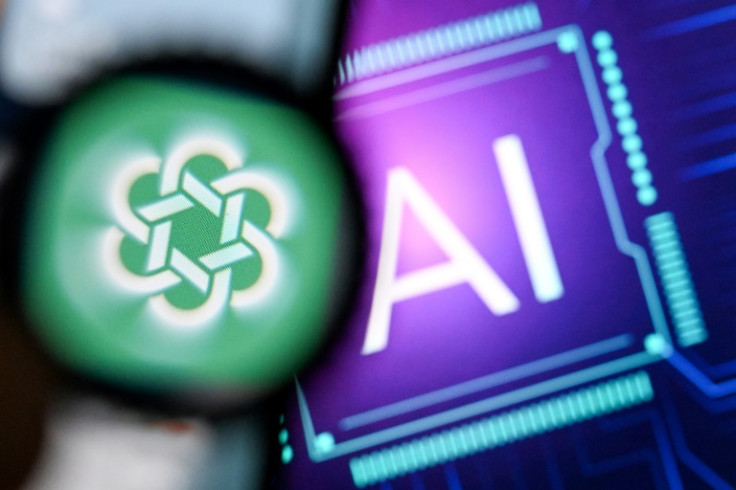Generative AI is Paving Its Way To Become A Powerful Ally In Cybersecurity

Mainframe computers have long been the backbone of critical business operators, handling vast amounts of data with unparalleled reliability and security. The roots of cloud computing can be traced back to the 1950s when mainframe computers allowed multiple users to access a central system. However, this term gained prominence in the late 1990s, with the rise of the internet and the need for scalable and cost-effective computing solutions.
In its early years, cloud computing primarily focused on providing infrastructure as a service (IaaS) and software as a service (SaaS). Over time, technological advances and the growing demand for more efficient computing led to the development of hybrid cloud, edging computing, and AI-driven cloud services. Despite the rise of distributed systems and cloud computing, mainframes continue to play a crucial role in industries such as finance, healthcare, and government.
Kumaresan Mahalingam, a seasoned technologist with over 18 years of experience in mainframe development and his subsequent migration to .NET, underscores the necessity for organizations to embrace advanced cloud solutions to stay ahead in the digital race.
"Having witnessed the evolution of technology firsthand, from mainframes to .NET, I firmly believe that the future lies in advanced cloud solutions," says Mahalingam. He has played an instrumental part in the development of a secure gateway system for MNC partners to integrate with insurance applications. The system was designed to be highly responsive, scalable, and fault-tolerant. "Cloud computing truly offers unparalleled scalability, flexibility, and efficiency, enabling businesses to innovate at an unprecedented pace. However, with this fast-forwarded transformation, it is imperative to prioritize security to mitigate the inherent risks associated with digital expansion."
Cloud computing, once regarded with skepticism due to security concerns, has undergone a paradigm shift in perception. Platforms like Azure Cloud, maintained by industry giants such as Microsoft, and its upcoming endeavor Copilot for Security, offer robust security features and stringent data isolation measures. This is not only to ensure the protection of valuable digital assets but also to provide a sanctuary for businesses seeking refuge from the ever-looming specter of cyber threats. Moreover, through hybrid deployment models, organizations can strike the perfect balance between security and accessibility, maintaining sensitive data within their own data centers while harnessing the scalability and cost-effectiveness of cloud solutions.
However, security considerations extend far beyond the realm of cloud infrastructure, permeating every facet of technological innovation. In the realm of software development, adherence to industry-wide security protocols is paramount. From authentication mechanisms to network security configurations, every stage of the software development lifecycle demands meticulous attention to detail to mitigate the risk of breaches and data leaks.
Network security, in particular, plays a pivotal role in safeguarding against external threats. Robust configurations of firewalls, intrusion detection systems (IDS), and intrusion prevention systems (IPS) are essential components of a comprehensive cybersecurity strategy. Additionally, the implementation of virtual private networks (VPNs) and secure sockets layer (SSL) encryption ensures the confidentiality and integrity of data transmitted over networks, further fortifying the digital perimeter against potential attacks.
Kumaresan previously developed a.net web application to modernize the mental health and intellectual disability system, aiming to reduce prison populations and prevent recidivism. Challenges included data integration, inconsistent or missing data, regulatory concerns, and cultural barriers. To increase trust, sensitive data was encrypted, masked, or removed before storing it in the centralized database. This is why he understands the need for securing data.
Data security is a critical aspect of cybersecurity that requires proactive measures to protect sensitive information from unauthorized access and exploitation. Encryption techniques such as advanced encryption standards (AES) and public key infrastructure (PKI) provide a robust defense mechanism against data breaches and insider threats. Besides, data masking and tokenization technologies help anonymize sensitive data, reducing the risk of exposure while preserving its utility for legitimate business purposes.
Artificial Intelligence (AI), heralded as a transformative force in business operations, introduces a new frontier in cybersecurity. The global market for AI-based cybersecurity products is projected to reach $135 billion by 2030, according to a recent research report. The CISO Report also indicates that 35% of CISOs are already utilizing AI for security applications. While AI holds the promise of revolutionizing customer service, data analysis, and decision-making processes, its integration must be approached with caution. Training AI models with proprietary or business-specific data will unlock invaluable insights but also underscore the importance of robust data protection measures to prevent unauthorized access and breaches.
According to Kumaresan Mahalingam, the future of AI-driven cloud computing is now, with organizations using AI to streamline operations and focus on security detection. "While AI cannot predict, it can provide insights that can be used to grow the business," Mahalingam expresses. AI-driven anomaly detection algorithms can identify deviations from normal behavior patterns, alerting security teams to potential breaches or unauthorized access attempts. Furthermore, AI-powered predictive analytics can help organizations anticipate and mitigate emerging threats before they escalate into full-blown attacks.
As we look to the future, the convergence of mainframe development, cloud technology, and AI promises to usher in a new era of innovation in cybersecurity. "Data privacy and security concerns related to AI applications will further push companies to adopt multi-cloud environments because of the better control and flexibility they offer," states Mahalingam. Organizations that embrace this convergence stand to gain a competitive edge by leveraging the scalability, agility, and security afforded by hybrid architectures, for generations to come.
© Copyright IBTimes 2024. All rights reserved.





















